
Heliox: Where Evidence Meets Empathy 🇨🇦
Join our hosts as they break down complex data into understandable insights, providing you with the knowledge to navigate our rapidly changing world. Tune in for a thoughtful, evidence-based discussion that bridges expert analysis with real-world implications, an SCZoomers Podcast
Independent, moderated, timely, deep, gentle, clinical, global, and community conversations about things that matter. Breathe Easy, we go deep and lightly surface the big ideas.
Curated, independent, moderated, timely, deep, gentle, evidenced-based, clinical & community information regarding COVID-19. Since 2017, it has focused on Covid since Feb 2020, with Multiple Stores per day, hence a sizeable searchable base of stories to date. More than 4000 stories on COVID-19 alone. Hundreds of stories on Climate Change.
Zoomers of the Sunshine Coast is a news organization with the advantages of deeply rooted connections within our local community, combined with a provincial, national and global following and exposure. In written form, audio, and video, we provide evidence-based and referenced stories interspersed with curated commentary, satire and humour. We reference where our stories come from and who wrote, published, and even inspired them. Using a social media platform means we have a much higher degree of interaction with our readers than conventional media and provides a significant amplification effect, positively. We expect the same courtesy of other media referencing our stories.
Heliox: Where Evidence Meets Empathy 🇨🇦
💨 COVID for Docs ( duty of care ): Science, Spread, and Long-Term Harm
There’s a story we should have memorized by now.
Today, we call this resistance to new knowledge the “Semmelweis reflex.” A refusal to accept evidence because it feels wrong. Inconvenient. Uncomfortable.
In 2020, a new virus entered the room. For a brief moment, we acknowledged its danger. We locked down. We listened. Then we did something strange. We started pretending.
We pretended COVID was like the flu. We pretended the virus was done. We pretended masks didn’t matter. We pretended that catching it again and again didn’t carry long-term consequences. We pretended you could spot a contagious person just by looking at them.
Now, in 2025, pretending has consequences.
Covid for Doctors -- DR. Nancy Malek • MBBS FANZCA • JUN 22, 2025
Even in 2025, doctors have accepted too many myths about COVID. My presentation explains why - and gives you the science you're missing.
This is Heliox: Where Evidence Meets Empathy
Independent, moderated, timely, deep, gentle, clinical, global, and community conversations about things that matter. Breathe Easy, we go deep and lightly surface the big ideas.
Thanks for listening today!
Four recurring narratives underlie every episode: boundary dissolution, adaptive complexity, embodied knowledge, and quantum-like uncertainty. These aren’t just philosophical musings but frameworks for understanding our modern world.
We hope you continue exploring our other podcasts, responding to the content, and checking out our related articles on the Heliox Podcast on Substack.
About SCZoomers:
https://www.facebook.com/groups/1632045180447285
https://x.com/SCZoomers
https://mstdn.ca/@SCZoomers
https://bsky.app/profile/safety.bsky.app
Spoken word, short and sweet, with rhythm and a catchy beat.
http://tinyurl.com/stonefolksongs
Curated, independent, moderated, timely, deep, gentle, evidenced-based, clinical & community information regarding COVID-19. Since 2017, it has focused on Covid since Feb 2020, with Multiple Stores per day, hence a large searchable base of stories to date. More than 4000 stories on COVID-19 alone. Hundreds of stories on Climate Change.
Zoomers of the Sunshine Coast is a news organization with the advantages of deeply rooted connections within our local community, combined with a provincial, national and global following and exposure. In written form, audio, and video, we provide evidence-based and referenced stories interspersed with curated commentary, satire and humour. We reference where our stories come from and who wrote, published, and even inspired them. Using a social media platform means we have a much higher degree of interaction with our readers than conventional media and provides a significant amplification effect, positively. We expect the same courtesy of other media referencing our stories.
Welcome to the deep dive. We're here to unpack complex information, pull out the key insights and really make them clear for you. Today, we're taking a deep dive into our source material all about COVID. We'll be looking at the science, some, well, frankly surprising statistics. and maybe challenging a few assumptions that might still be floating around. Yeah, our mission today is really to cut through some of that noise. You know, we want to clarify the latest science and show you how maybe our collective view of COVID, it might be lagging a bit behind the actual evidence. So you'll walk away with a much clearer picture, hopefully a more informed understanding of what COVID really is and what the latest data means. We're drawing on detailed science breakdowns, Australian mortality stats, and some critical research on how this virus actually affects the brain and body. Okay, let's maybe start with a story. History often gives us some pretty important lessons, doesn't it? It really does. Our source material kicks off with this really striking anecdote from 1847. It's about a Hungarian obstetrician, Semmelweis. Ah, Semmelweis, yes. He was working in a maternity ward, and he noticed something pretty simple but profound. When the midwives wash their hands between patients, the rates of postpartum sepsis and death in new mothers just plummeted. Plummeted. Yeah. From like 18% down to just 2%. Huge difference. Sounds almost obvious now, doesn't it? Watch your hands. Exactly. But here's where it gets... Well, complicated. Right. Because he wasn't suggesting, you know, nice lavender soap. No, not at all. He was recommending these smelly kind of uncomfortable chlorine solutions. And when he excitedly told his colleagues, hey, look what I found. Wash your hands. They weren't just skeptical. No, they were offended. They actually ridiculed him. Ridiculed him. Why? Well, they were stuck on the old ideas, weren't they? Established dogma about diseases coming from, like bad humors or bad air. Right. The miasma theory. Exactly. And this idea that, you know, gentlemen simply couldn't transmit disease. It really shows that resistance we have to new evidence, especially if it challenges what we believe or makes us uncomfortable. So instead of being celebrated, he was basically pushed out. Banished. Yeah. And tragically, he ended up in a mental asylum and actually died from sepsis himself from an infected wound. Just awful. Unbelievable. It wasn't until decades later. You know, after Louis Pasteur and germ theory that another surgeon, Lister, finally got handwashing accepted and he was hailed as the father of modern surgery. It just shows how long public health change can take. It does. And that legacy of Semmelweis is what we now call the Semmelweis reflex. OK. That sort of knee jerk tendency to reject new information, new science. if it clashes with what we already think or our norms, especially if it's inconvenient. And our source material really makes the point that here we are, 2025, sixth year of this pandemic with a totally new virus. And it feels like history repeating itself. It really does seem that way sometimes. This reflex, it's a really critical lens for everything else we're going to talk about today. That historical context is, yeah, it's quite chilling, actually. So how does this Semmelweis reflex show up with COVID now? Our source material uses this powerful comparison with Australian mortality stats. It does. It contrasts how we handle road deaths versus COVID deaths. And it's a stark difference, isn't it? Absolutely. We're used to seeing road deaths as, you know, individual tragedies, and rightly so. It prompts constant action, redesigning cars, better roads, seatbelts, airbags, multiple layers of defense. We actively try to prevent them. Exactly. Yeah. But the source quotes this 2023 video from the Jon Snow Project, and it observes that for many, when an Australian dies of COVID-19, it's often seen as, well, not a tragedy, it's just a number. Oof. That's harsh, but maybe reflect some attitudes and the actual numbers. The numbers are pretty stark. Data from the Australian Bureau of Statistics, it shows that by the end of 2024, Australia had seen almost 22,000 COVID deaths. Okay. And road deaths? In the same period, around 6,000. So wait, COVID deaths were 12 times higher? 12 times. 12 times more deadly than road accidents over that period. Wow. So it raises this really fundamental question, doesn't it? Why have we sort of collectively decided to just live with COVID? Right. When the numbers show it's a much bigger cause of death than something we pour resources into preventing. Yeah, that's a really good question. And the source is quite clear. Just relying on the current vaccines, it's not enough on its own. Right. It strongly pushes for a multi-layered approach. Things like well-fitting respirators, good air filtration, ventilation, and also supporting testing and isolation when needed. Because, as the source says, living with COVID is not really living. That's the quote. Powerful stuff. Okay, let's peel back the layers then and get into the virus itself. SARS-CoV-2. To really get it, we need the basics. Right. So SARS-CoV-2 is the virus. COVID-19 or just COVID is the disease. We'll probably just say COVID for simplicity. So what is it exactly? Okay. At its core, it's an enveloped RNA virus, meaning it's got this protective outer layer, the envelope, and its genetic blueprint is made of RNA, not DNA. And it's tiny, really tiny, about 100 nanometers across. Okay. 100 nanometers. Hard to picture, but small. Very small. And it has these distinctive spike proteins sticking out. We give it that crown-like look. That's where corona comes from. Ah, okay. And that tiny fives, by the way, that becomes really important when we talk about how it spreads later on. Got it. And how does it actually get into our cells? You mentioned the spikes. Is it like a key? Exactly, like a lock and key. Think of those spike proteins as the key. They have two main bits, S1 and S2. Okay. The S1 part is the bit that looks for a specific lock on our cells called the ACE2 receptor. ACE2. Heard of that. Right. Once that S1 key finds and clicks into the ACE2 lock with a little help from another protein that kind of acts like a doorman... The S2 part of the spike changes shape. And then? That shape change lets the virus's outer layer merge with our cell's membrane, and boom, the virus slips inside. And once it's in, it just makes copies. Pretty much. It hijacks the cell's machinery to replicate itself, makes lots of new virus copies, and then those burst out to go infect more cells. So, okay, it's inside replicating. What does that actually do to our body? It's not just like a passive infection, is it? Oh, not at all. As the virus copies itself, it triggers our immune system. immune cells rush in and release these inflammatory signals cytokines. It's like sounding the alarm, causing inflammation. Okay, inflammation. But what's really crucial and concerning is that COVID also infects the endothelial cells. Which are? Those are the cells that line all our blood vessels. Every single one. From the big ones near your heart to the tiniest capillaries in your toes. Everywhere. Everywhere. And when those get infected, it causes more inflammation in the vessel walls. This activates other parts of the immune system, like the complement system and also our platelets. Platelets. Like for blood clotting. Exactly. And this activation can lead to microthrobbing, tiny little blood clots forming throughout the body, potentially blocking small vessels. Wow. So the severity, whether someone has no symptoms or ends up in the ICU, it depends on all of this interacting. Precisely. It's a complex interplay between how much the virus replicates how your individual immune system responds, and how much damage happens to those crucial blood vessel linings. Okay. That makes sense. And this brings us to something really important. You mentioned the ACE2 receptors, the LOX. Where are they actually located? Because I think a lot of people still think COVID is just, you know, a lung thing. Right. That's a huge misconception. And Our sources really hammer this point home. ACE2 receptors, they aren't just in the lungs. Yes, they're in the respiratory system, nose, throat, lungs, absolutely. But they are found almost everywhere else too. Like where? Your cardiovascular system, heart muscle, and critically, those endothelial cells lining all blood vessels. Your central nervous system, the brain, including the part responsible for smell, neurons, glial support cells. The brain too, okay. Yep. Also the gut, the liver, kidneys, reproductive organs, even your skeletal muscles. Basically anywhere there's an ACE2 receptor, the virus potentially has a doorway in. So it can get into pretty much any organ system. That's the key takeaway. The source is unequivocal. COVID is a multi-system disease. It affects multiple organs. It affects the blood vessels throughout the body. It is not just a respiratory illness. That understanding alone, it really changes things, doesn't it? It really should. And it also tackles that other myth, the one that keeps popping up, that COVID is just like the flu or just a bad cold. Yeah, that one persists. But our source makes it really clear mechanistically there are fundamentally different viruses. How so? Well, flu, RSV, rhinoviruses, the common cold viruses, they bind to different receptors, mostly just in the respiratory tract. COVID, with its ACE2 key, has that much wider access we just talked about. And the numbers back that up too, right? The death rates? Oh, absolutely. The Australian Bureau of Statistics data looking at 2022 to 2024, it shows COVID deaths have been way higher than influenza deaths. How much higher? Depending on the year. Between five and sometimes 33 times higher. Five to 33 times. Yeah. Big difference. So if it works differently in the body, targets more organs, and is demonstrably so much more lethal than the flu... Why do we still hear people wave it away as just cold? Well, I think we're back to that Semmelweis reflex, aren't we? Resisting inconvenient knowledge. Exactly. It's uncomfortable to accept that this new virus is actually quite different and, frankly, more dangerous than the viruses we're used to. The evidence is clear, but acknowledging it means changing how we think and maybe how we act. And that's hard. It seems so. Okay, so beyond that initial acute illness, there's this whole other aspect. Long COVID, or PASC, sometimes it's called. Right, post-acute sequel A of SARS-CoV-2 infection. Long COVID is definitely the more common term. And it actually started as a hashtag, didn't it? Yeah, apparently back in May 2020 on Twitter by Dr. Elisa Perego. Patient coined term, really. And the official definition, or the most comprehensive one. The National Academies of Sciences, Engineering, and Medicine have a pretty thorough one. Basically, long COVID is when you have one or more symptoms or conditions that persist for at least three months after you had COVID, or even if you just suspected you had COVID. Three months. And those symptoms, they can be continuous. They can come and go. They can even get progressively worse over time. And they can affect one organ system or many. And who gets it? Is it only people who are really sick initially? That's another critical point from the source material and maybe a surprising one. Long COVID can follow any type of infection. Asymptomatic, mild, moderate, severe. It doesn't matter how sick you felt initially. Really? Even asymptomatic? Yes. In fact, the source emphasizes that the vast majority of long COVID cases actually follow what was considered a mild initial infection. Wow. OK. And the symptoms can show up later. They can. Yeah. Sometimes they're continuous right from the start, but other times there's a delay. Weeks, even months after you thought you were completely recovered, new things can start cropping up. And there are a lot of potential symptoms. A huge number. Over 200 have been described. And right now, there's no single blood test or scan to definitively diagnose it. No biomarker and no universally effective treatments, although therapies are definitely in development. It's a major research focus. So what's actually going on in the body to cause these lingering diverse symptoms? Our source mentions four main ideas, right? Yeah, four main mechanisms are thought to be a play, likely overlapping in many people. First, there's viral persistence. The virus sticks around? Essentially, yes. Bits of the virus, like proteins or sometimes even whole live virus, have been found lingering in tissues, brain, heart, lungs, muscles months later, causing ongoing inflammation and symptoms. Okay, that's one. What else? Second, immune dysregulation. Your immune system kind of goes haywire. This can mean chronic activation of certain immune cells like T cells, which can paradoxically lead to them getting exhausted and not working properly. So your immune system is weaker. In some ways, yes. Yes. And COVID can also trigger autoimmunity, where your immune system mistakenly attacks your own body tissues. This might be contributing to what some people call that weakened immune system feeling, where you seem to catch everything. Right. Okay, two down. Third is the reactivation of dormant viruses and changes in your microbiome. Like old viruses waking up. Exactly. Things like Epstein-Barr virus, which... which causes mono or shingles, cytomegalovirus, even dermid infections like Lyme disease, they can get reactivated by the immune chaos following COVID. Plus, your gut microbiome, the balance of bacteria in your gut, can get thrown off, leading to digestive issues and even neurological symptoms because of the gut-brain connection. Interesting. And the fourth? Finally, there's direct tissue damage, either macroscopic or microscopic. This could be ongoing inflammation damaging organs, mitochondrial damage affecting how your cells produce energy, and that endothelial inflammation we talked about leading to those tiny fibrinomyloid microclots. The microclots again. Yeah, the idea is these microclots might be blocking tiny capillaries, starving cells of oxygen, this whole area, especially the microclots. It's a really active area of research right now. Still evolving. It's just staggering. The range of symptoms mentioned is staggering. Cognitive impairment, like drink driving levels, memory problems, concentration issues. Brain fog, yeah. That's a big one. And debilitating fatigue, the kind that rest doesn't fit. heart palpitations stroke risk even new onset diabetes type 1 in children notably yeah and autoimmune conditions popping up and this post-exertional malaise PEM that sounds particularly awful it is it's a hallmark symptom for many you feel okay maybe even good enough to do some activity could be physical could be mental could be emotional exertions right to do it, and then maybe 24, 48 hours later, you just crash. Severe worsening of existing symptoms or totally new symptoms appear, and that crash can last for days, weeks, sometimes longer. It's absolutely debilitating. And the source specifically says for PEM, graded exercise is not the answer. Explicitly. Pushing through PEM can actually make things much worse long term. It requires careful pacing and energy management, not pushing harder. So with all these potential symptoms affecting any organ system, the question doctors and patients need to ask is, Could this be long COVID? That's the message, especially with new unexplained symptoms after an infection, even a mild one. The brain and cardiovascular system impacts are particularly concerning. And beyond these obvious symptoms, there's also this idea of silent damage. Yes, that's another layer, a spectrum of asymptomatic organ damage. Driven by that same viral persistence and chronic inflammation may be happening quietly in the background, especially in places the immune system doesn't patrol as heavily. And it adds up over time. It seems to be cumulative, yes. And how susceptible you are varies. But it could mean pre-existing conditions get worse, like mild thyroid issues becoming full-blown or slightly high blood sugar tipping over into diabetes. or you could develop completely new things like high blood pressure or kidney problems without initially connecting it back to covid this completely blows up that myth that covid is always mild and you just get over it totally our source quotes the australian institute of health and welfare estimating that somewhere between five per cent and ten per cent of adults who get covid might develop long COVID. 5 to 10 percent. With each infection. Wait, with each infection. That's the crucial point. And for kids, a systematic review from a Harvard professor suggested the prevalence could be as high as 25 percent. 25 percent for kids. That's huge. It is. And here's the really sobering part. that risk is cumulative. Meaning? Meaning your risk goes up with every subsequent infection. It doesn't return to zero. Can you get an example? Sure. Let's say your individual risk is maybe 5% with one infection. After 10 infections, your cumulative risk isn't 5%. It jumps to around 40%. 40%. Yeah. And if your baseline risk per infection was higher, say 10%, then after 10 infections, your cumulative risk is up to 65%. Good grief. That really reframes the idea of repeated infections being no big deal. It absolutely does. It makes you really ask, how much long COVID are we actually missing? How many people are dealing with chronic issues they don't even connect back to their past infections? Well, focus a bit more on the brain because the evidence there seems particularly concerning. Our source highlights two major studies. Yes, they're quite significant. The first one was from the UK Biobank, published in Nature back in 2022. Okay. They had MRI scans of about 400 people before they got COVID and then scanned them again after their infection. And they compared these to around 384 matched controls who hadn't had COVID. So before and after comparisons, what did they find? They found that the group who'd had COVID showed a 1% to 2% greater reduction in gray matter thickness compared to the controls. Gray matter? In which parts of the brain? In areas like the parahippocampal gyrus, which is involved in complex decision-making, and the orbitofrontal cortex, important for memory, particularly spatial and episodic memory. OK, a 1% to 2% reduction. How significant is that? What does that mean in real terms? Well, put it this way. Normal aging, just getting older year by year, usually results in only about a 0.2% to 0.3% change in gray matter thickness per year. So COVID caused a change that was potentially... Five, six, almost 10 times greater than one year of normal aging. Exactly. The findings suggest COVID could potentially cause a tenfold increase in the rate of brain aging, at least in terms of this structural change. Wow. And did they see cognitive effects, too? They did. The study also showed cognitive declines. The COVID group took longer, about 7.8% longer on one test. 12.2% longer on another. These are tests measuring executive function. And importantly, this was true even when they excluded the people who had been hospitalized. So even mild infections were linked to these brain changes and cognitive slowing. That's what the data indicated. Yes, which is quite sobering. And the second study. That one was published more recently, 2024, in the New England Journal of Medicine. It was a huge online cognitive assessment. Over 100,000 adults in the UK who had tested positive. OK, what did that find? It found that people who had recovered from mild COVID, on average, lost about three IQ points compared to those who hadn't been infected. Three IQ points from mild COVID. That's what they found. And for those who develop long COVID symptoms, the loss was greater, around six IQ points. And for severe cases. Patients who ended up in the ICU due to COVID, they saw an average loss of nine IQ points. Nine points. That's substantial. It is. It really raises profound questions about the long-term cognitive impact, not just for individuals trying to function day-to-day, but potentially for society as a whole if large numbers of people are affected. That brain impact is... Yeah, deeply concerning. And speaking of fundamental misunderstandings, let's talk about how this virus actually spreads. Our source calls the idea that it's mainly spread by droplets the most dangerous myth. Yes, it's very emphatic about that. The reality, supported by overwhelming evidence now, is that COVID is airborne. Airborne, meaning it floats in the air. Exactly, like smoke. Our source points to a paper in The Lancet from 2021 that laid out 10 key reasons why airborne transmission is the dominant route. Okay, what kind of reasons? Things like documented super spreading events, you know, where one person infects dozens in a choir practice or a restaurant. Right. That's very hard to explain with just droplets falling quickly. Right. Also, much higher spread indoors compared to outdoors. Right. Yeah. We've seen animals get infected through shared air ducts even without direct contact. OK, that's pretty compelling. There's also evidence of long range transmission like between rooms and quarantine hotels. And the critical point, we know there's widespread asymptomatic and pre-symptomatic transmission, people spreading it before they feel sick. Which you wouldn't expect if it was only spread by big, obvious coughs and sneezes. Precisely. And the Lancet paper also noted there's actually very little strong evidence refuting airborne transmission, while the evidence supporting droplets or surface transmission as major routes is quite limited. So if it's airborne, how should we think about it? The source gives a great analogy. Think of COVID like cigarette smoke, except it's invisible and odorless. Okay. That paints a picture. It lingers. It spreads throughout a room. Exactly. And this changes everything. It means any activity that moves air through your respiratory tract is potentially generating aerosols containing the virus if you're infected. Any activity. Just breathing, talking, shouting, sneezing, coughing, obviously, but also whistling, singing, playing a wind instrument, even laughing. If air is moving, aerosols are moving. And these aerosols are different from droplets. Fundamentally different in behavior. Aerosols are tiny particles, generally less than 100 micrometers. They're light enough to float, travel on air currents, and be inhaled deep into your lungs. Droplets are bigger. heavier, over 100 micrometers, too big to really be inhaled deeply. They fall out of the air very quickly, usually within seconds and close to the person. And how long can aerosols hang around? That's the crucial part. The source details it. A big 100 micrometer particle might fall 1.5 meters in just five seconds. but a tiny one micrometer aerosol, it can take over 12 hours to fall that same distance in still air. 12 hours. And the average COVID virus particle itself is only 0.1 micrometers. So in a room without good ventilation, these infectious particles can just hang there, suspended in the air for a very long time accumulating. Which explains those super spreading events in indoor spaces. Perfectly. So if it lingers like that and people can spread it without symptoms... Who is actually doing the transmitting? That's where the statistics get really eye-opening. An Australian study back in 2020 found about 30% of people were infectious before they even developed symptoms pre-symptomatic. 30%. And another 10-15% were infectious but never developed symptoms truly asymptomatic. So nearly half the spread could be from people who seem perfectly healthy. Potentially, yes. And that Lancet paper from 2021, it quoted figures suggesting almost 60% of transmission worldwide was happening asymptomatically or pre-symptomatically, which leads to a really powerful question the source poses. How can you possibly tell if someone has COVID or doesn't have COVID just by looking at them? You can't you can't see a sore throat brewing or a low fever. Exactly. So that myth that only obviously sick patients transmit COVID. It's just wrong. Our source is emphatic. Anyone can transmit COVID. Patients, staff, visitors, people who tested negative yesterday but are positive today, people with no symptoms, mild symptoms, severe symptoms, even people who are technically post-symptomatic but might still be shedding virus. The virus doesn't care how you feel. Not at all. And this has huge implications for places like hospitals, doesn't it? Massive. Look at the hospital-acquired infection numbers from Australia for 2022-2023 that the source provides. There were about 550 cases of hospital-acquired staph aureus. 273 MRSA, the resistance staff, and 1,600 cases of C. diff, that nasty gut infection. Right. Things we take serious precautions for. Contact precautions, isolation. Exactly. But in that same period, there were nearly 23,000 cases of hospital-acquired COVID. 23,000? Compared to hundreds for MRSA? Yes. And over 1,200 of those hospital-acquired COVID patients ended up in the ICU, which So it makes you ask, we use all these contact precautions for MRSA and C. diff, which are spread differently. But what are we consistently doing for COVID, which is airborne, has huge asymptomatic spread, and is clearly causing a vastly bigger problem in hospitals? Yeah. There's a major disconnect there. There really seems to be. Okay, so given it's airborne, the risks add up with each infection. How do we actually protect ourselves? What works? The source uses the Swiss cheese model of defense. It's a great visual. Okay. Swiss cheese. Yeah. Think of each mitigation strategy, masks, ventilation, filtration as a slice of Swiss cheese. Every slice has holes, meaning no single strategy is perfect on its own. Right. Nothing is 100%. But when you layer multiple slices together, the holes are much less likely to line up. So using multiple layers of defense significantly increases your overall protection. It's about combining strategies. Makes sense. Let's talk layers. Masks are probably the most visible one. What's the science say there? Surgical masks versus N95s. Big difference, according to the source. Surgical masks, the common blue ones, they're designed to be fluid-resistant masks. stops flashes basically and they do block some larger droplets coming out from the wear okay but they offer very low protection against inhaling tiny airborne particles like covid aerosols why because they don't seal tightly to the face air leaks in and out all around the edges they're described as just a cover so the idea that wearing a surgical mask protects you from breathing in airborne covid that's largely a myth yeah they weren't designed for that purpose okay what about n95s then Or KN95s, FFP2s, the respirator-style masks. Now you're talking high protection. N95, the 95s, means they filter out at least 95% of airborne particles, including particles much smaller than the COVID virus itself. How do they filter something smaller than the fibers? It's clever. They use multiple layers, including mechanical filtering, like a sieve, but also electrostatic filtering. The fibers have a static charge that actively attracts and traps tiny particles. Ah. And crucially, unlike surgical masks, N95s are designed to form an airtight seal against your face when worn properly. Minimal leakage around the edges. So they protect you from breathing in the virus. Yes. And because they filter both ways and seal well, they also offer excellent protection to others if you happen to be infectious. It's proper bi-directional protection against airborne threats. Okay, so respirators are a key layer. What about the air in the room itself? Ventilation. Absolutely critical. Bringing in fresh outdoor air and exhausting stale indoor air dilutes and removes any virus hanging around. Natural airflow, like opening windows on opposite sides of a room for cross ventilation, is generally better than just air blowing in one direction. Let the virus out, let fresh air in. How can you tell if a space has good ventilation? It's invisible.
Actually, we have a pretty good proxy:CO2 monitors. Carbon dioxide monitors. Yeah. We all exhale CO2. So measuring the CO2 level in a room tells you roughly how much of the air you're breathing has already been inside someone else's lungs. Huh. What's a good level? You should aim for less than 800 parts per million ppm. At that level, only about 1% of the air you're inhaling is rebreathed air. But if CO2 hits, say, 10,000 ppm, which can happen in crowded, poorly ventilated spaces, then nearly a quarter, 24% of the air you're breathing has been exhaled by others. Wow. Wow. That really puts it in perspective. It does. The source asks, you know, if you wouldn't drink, obviously, dirty water, why would you be okay breathing, obviously, dirty rebreathed air? We take clean water for granted, but we haven't quite gotten there with clean air yet. Good point. And if you can't open windows or ventilation isn't great, air purifiers. Yes, HEPA purifiers. HEPA stands for high-efficiency particulate air. These filters are incredibly effective at trapping tiny particles, including COVID aerosols, but also other things like pollen, dust, mold spores, smoke particles. And they can help in lots of settings. Definitely. Small portable ones are available now for your car, for rooms in your house, offices, classrooms. You can even get personal ones for, say, crowded outdoor events. the source really highlights this as a missed opportunity during lockdowns instead of fighting over toilet paper maybe we should have been focusing on getting hepa filters into schools day cares public buildings hospitals and our homes cleaning the air we all share That's a really interesting thought. What about vaccines? The source touches on that briefly. It does, noting the Australian guidelines annual shots for most adults, six monthly for older or immunocompromised people. But it points out that vaccination for kids under 18 is generally restricted unless they have underlying conditions. Leaving a lot of younger people unvaccinated or under-vaccinated. Right. Despite the fact that anyone, including healthy kids, can get long COVID, it's presented as another gap in the layers of protection. Okay. And finally, what about hand-washing and cleaning surfaces? We heard so much about that early on. Important for general hygiene, absolutely. But the source emphasizes they are not reliable ways to prevent COVID spread. Why not? Because COVID is primarily airborne. It's like that cigarette smoke analogy again. Yeah. Would you try to get rid of smoke filling a room by just washing your hands or wiping the table? No, you'd open a window or turn on an air filter. Exactly. Since COVID travels through the air, you need airborne mitigation strategies, masks, ventilation, filtration. Handwashing is great for preventing things spread by touch, but it doesn't stop you breathing in virus laden air. Right. Layer the defenses, but focus them where the main threat. is. Precisely. Okay, we've covered a huge amount of ground. As we wrap up this deep dive, what really stands out to you? What are the absolute key messages from our source material? For me, I think it boils down to a few really critical things. First, that fundamental understanding. COVID is a multi-system disease. It uses those ACE2 receptors to get in almost anywhere. It's not just the lungs. Right, the vascular and multi-organ impact. Exactly. Second, every single infection, no matter how mild it feels, carries a cumulative risk of long COVID. That risk doesn't reset. It adds up. The cumulative risk. Yeah, that's a big one. Third, the impact on the brain is real and measurable. We saw the evidence structural changes, accelerated aging, loss of IQ points, even after mild infections. That's deeply concerning. And finally, perhaps the most crucial for prevention, COVID is definitively airborne. Thinking of it like invisible odorless smoke really changes how you approach mitigation. So the strategies have to match the threat airborne strategies are key? Yes. Yes. masks meaning respirators ventilation filtration and layering them as best that swiss cheese model and remembering long covid remembering long covid and its vast range of symptoms that can wreck health function quality of life always asking that question could this be long covid because the spectrum of harm includes that silent organ damage too not just obvious symptoms right which leads to the source's final very blunt conclusion which is the only way to avoid long covid is to avoid covid Caps an exclamation point in the original. They're not messing around. It's a stark message. This whole deep dive, it really feels like it echoes that Semmelweis story we started with. It absolutely does. The Semmelweis reflex, the resistance to new, maybe uncomfortable evidence, it's a legacy we really need to learn from, not repeat. It urges us to question our own resistance, move past inertia, and really try to be open-minded and discerning with the evidence we have now. Because public health change does take time, we know that. Think about asbestos, smoking, even getting handwashing fully accepted took decades. Decades. But as the source makes incredibly clear, delay always has a cost, often a deadly one. The evidence on COVID being airborne and causing cumulative harm is strong. The time to really integrate that understanding into our actions personally and maybe collectively is now. Thank you for joining us on this deep dive. We hope this conversation has given you a clearer, perhaps more nuanced understanding of COVID and equipped you with knowledge to navigate this ongoing reality.
Podcasts we love
Check out these other fine podcasts recommended by us, not an algorithm.

Hidden Brain
Hidden Brain, Shankar Vedantam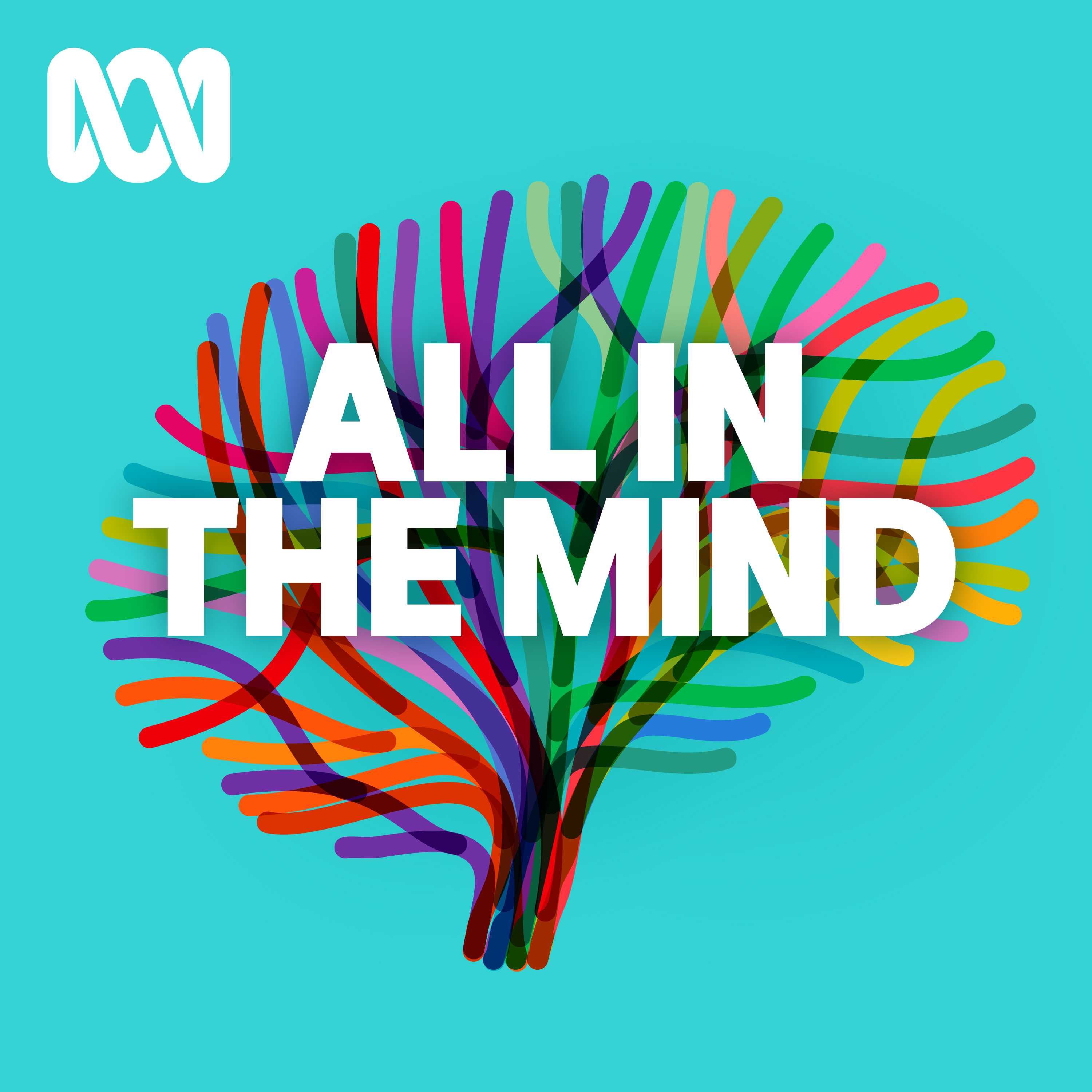
All In The Mind
ABC listen
What Now? with Trevor Noah
Trevor Noah
No Stupid Questions
Freakonomics Radio + Stitcher
Entrepreneurial Thought Leaders (ETL)
Stanford eCorner
This Is That
CBC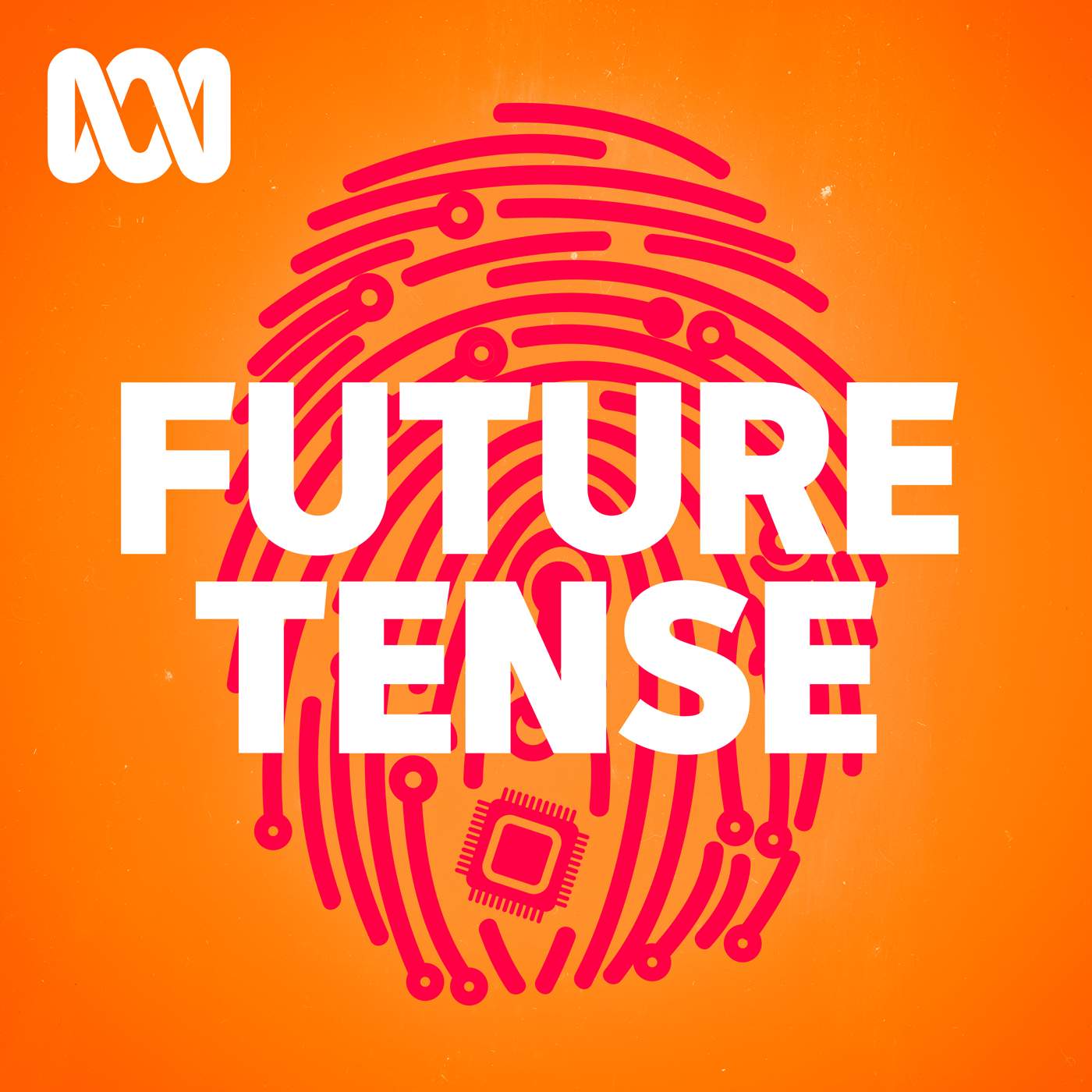
Future Tense
ABC listen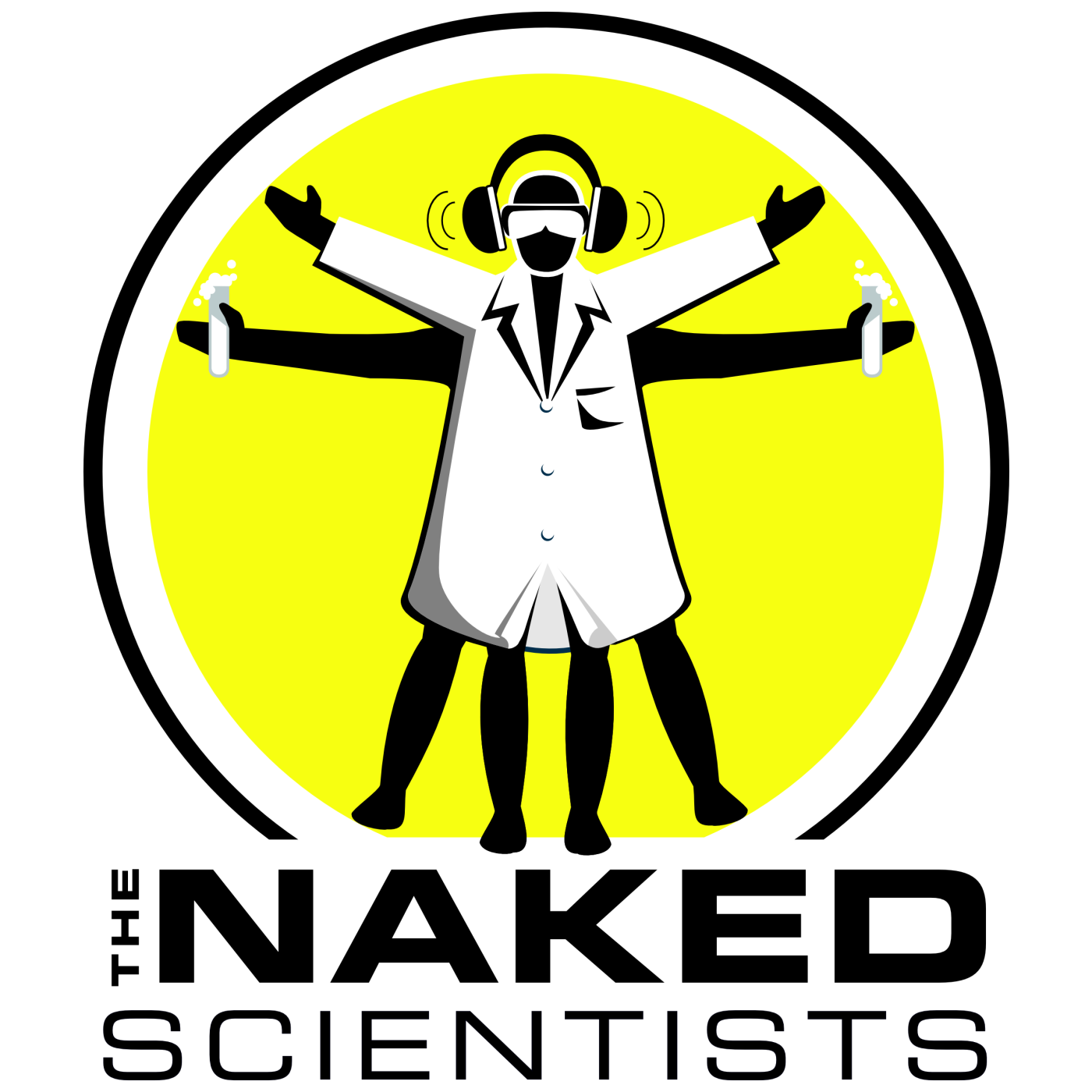
The Naked Scientists Podcast
The Naked Scientists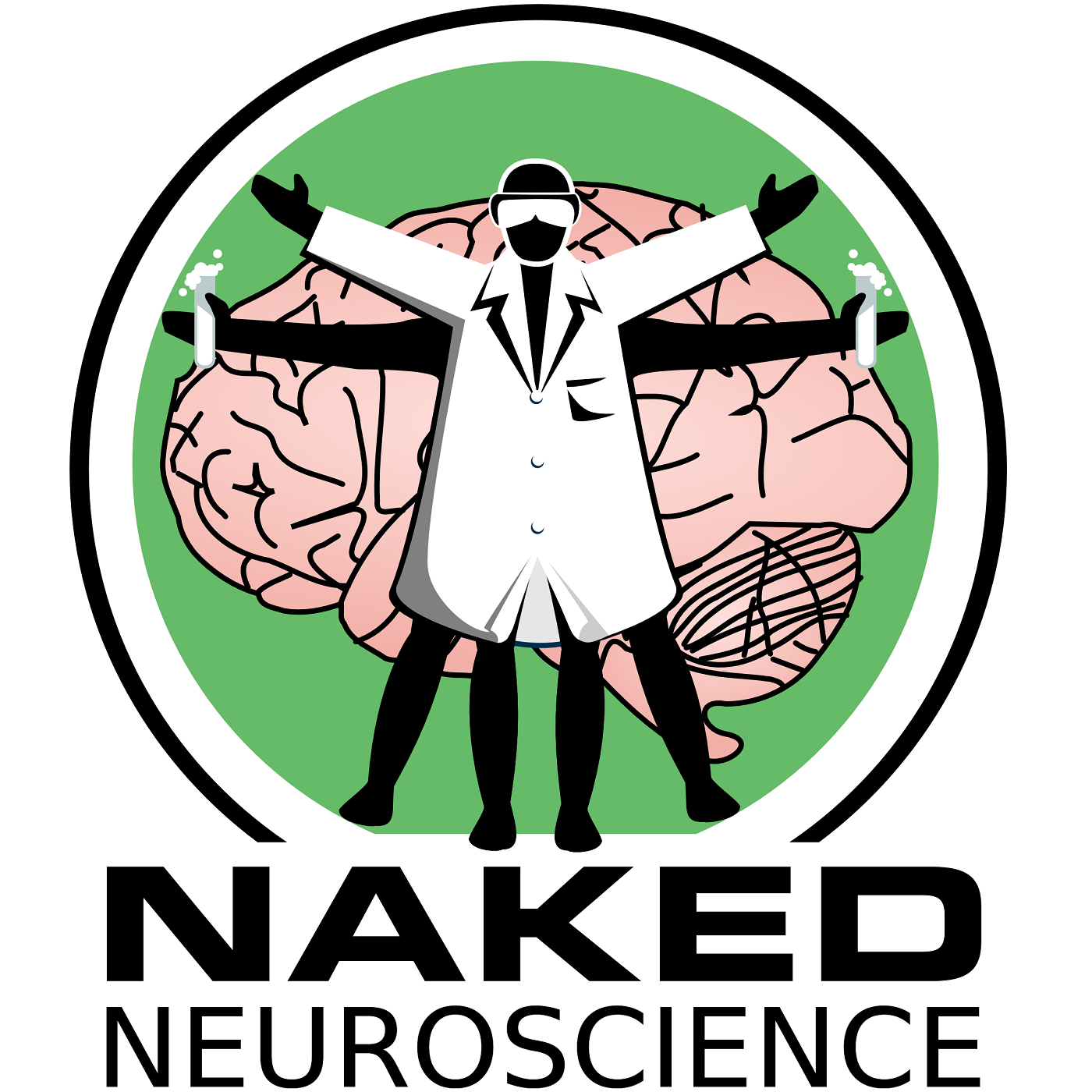
Naked Neuroscience, from the Naked Scientists
James Tytko
The TED AI Show
TED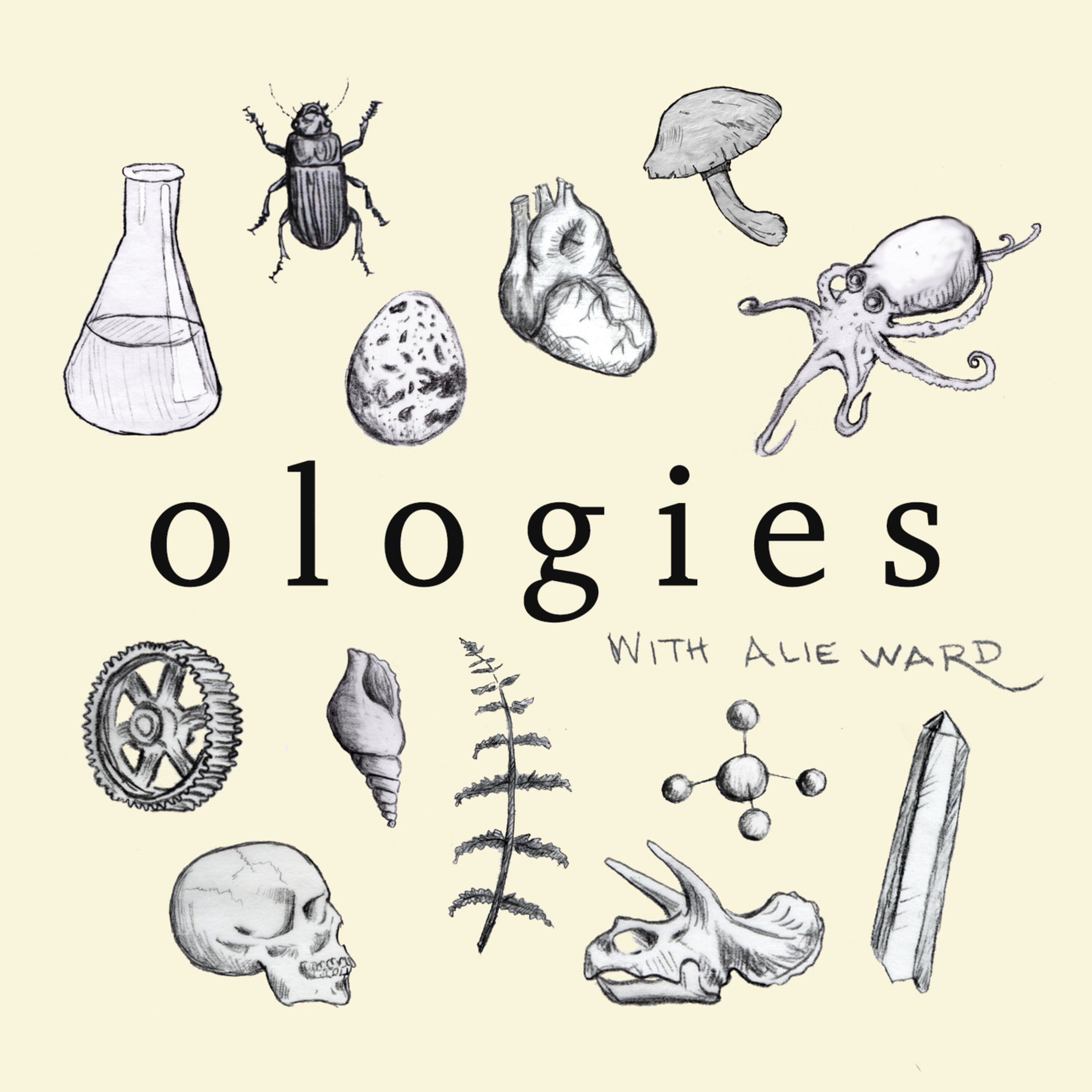
Ologies with Alie Ward
Alie Ward
The Daily
The New York Times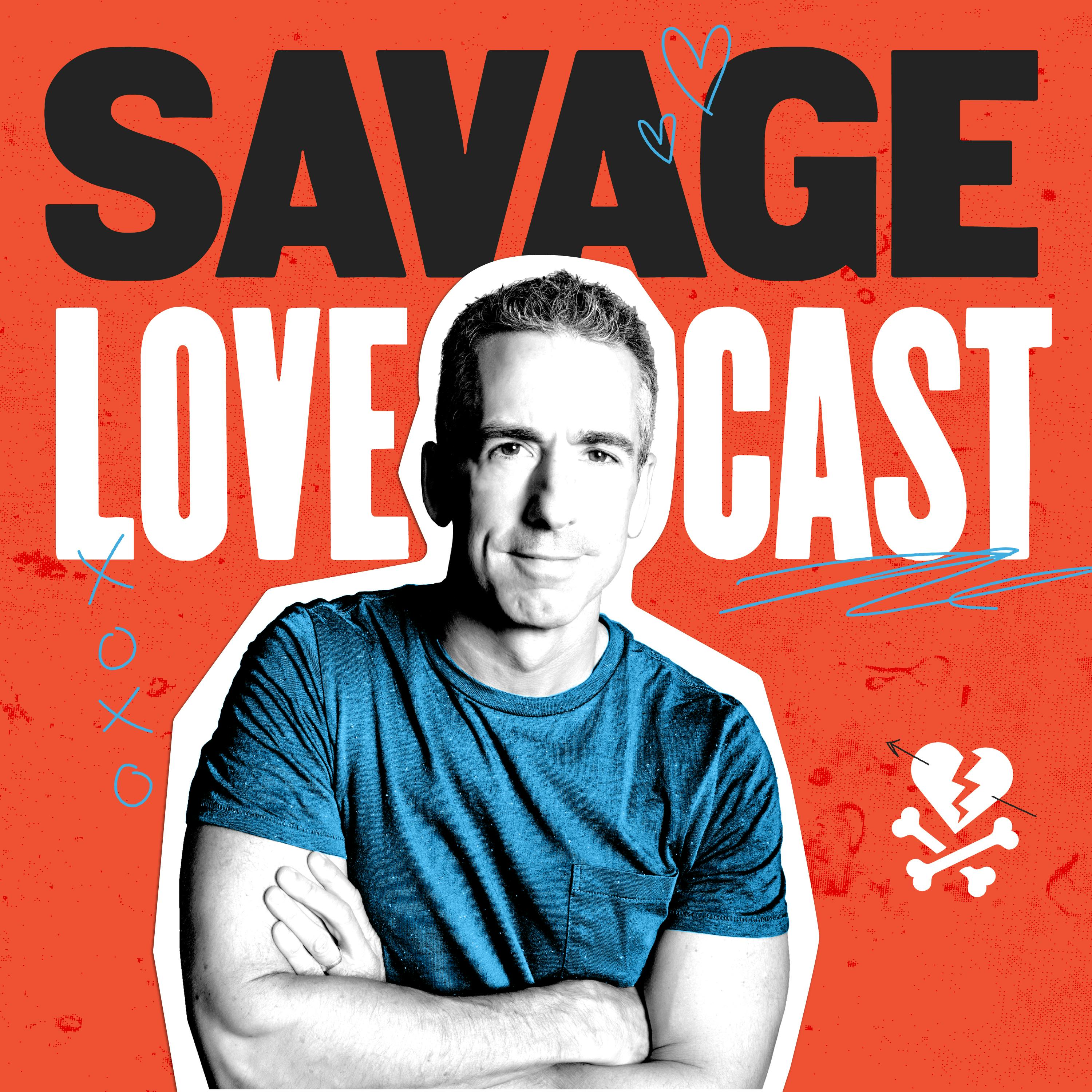
Savage Lovecast
Dan Savage
Huberman Lab
Scicomm Media
Freakonomics Radio
Freakonomics Radio + Stitcher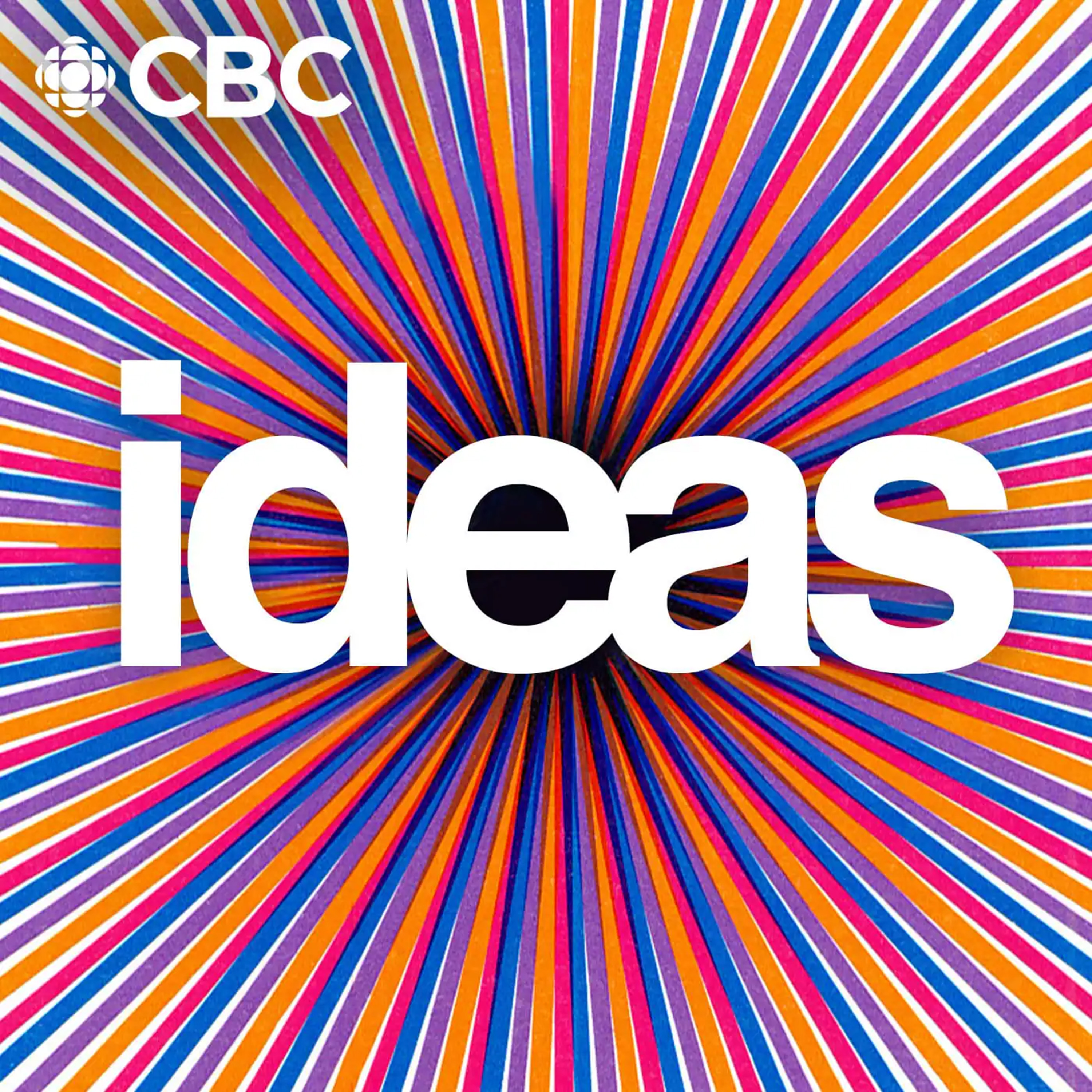
Ideas
CBCLadies, We Need To Talk
ABC listen

